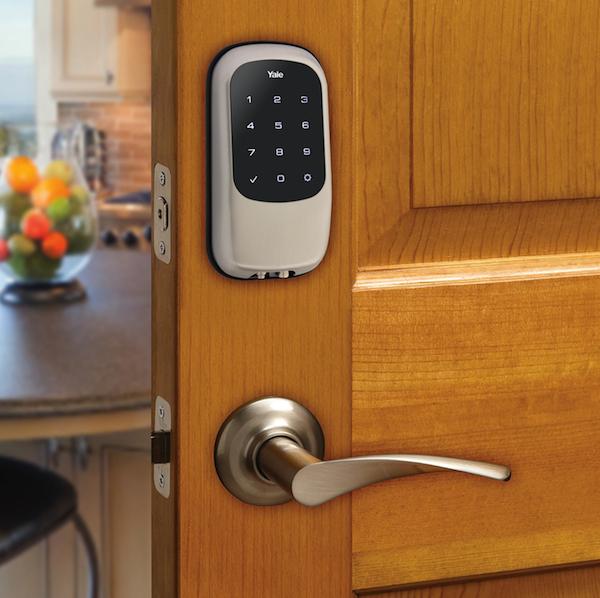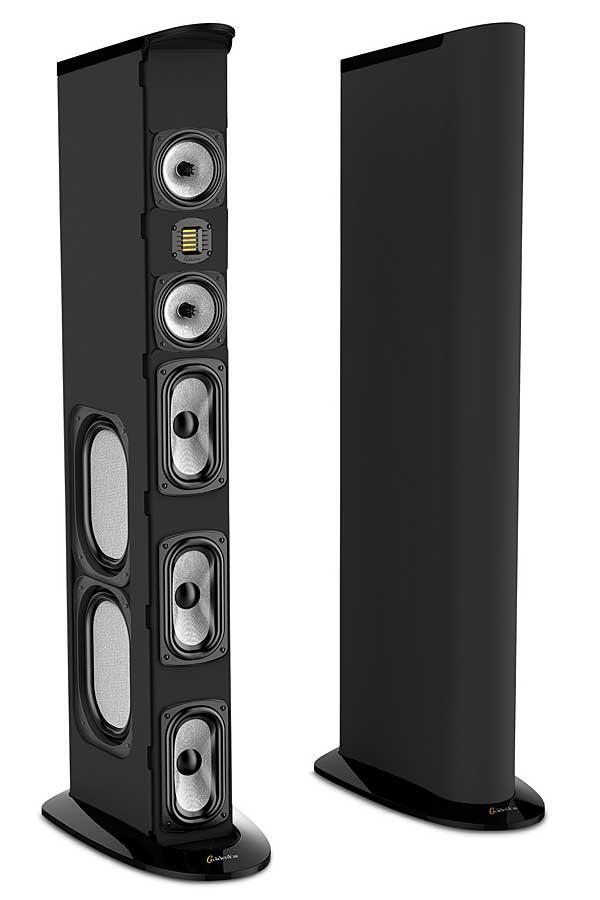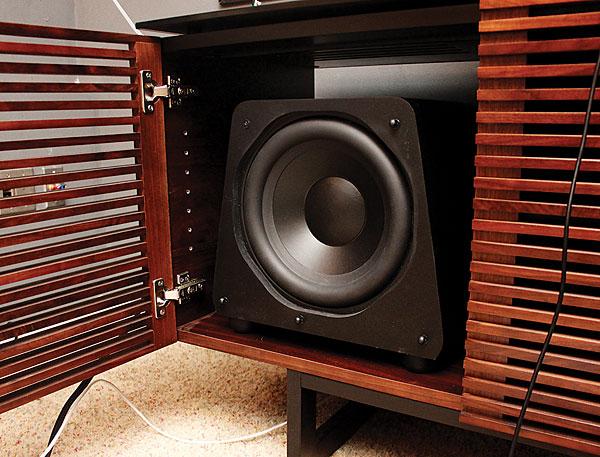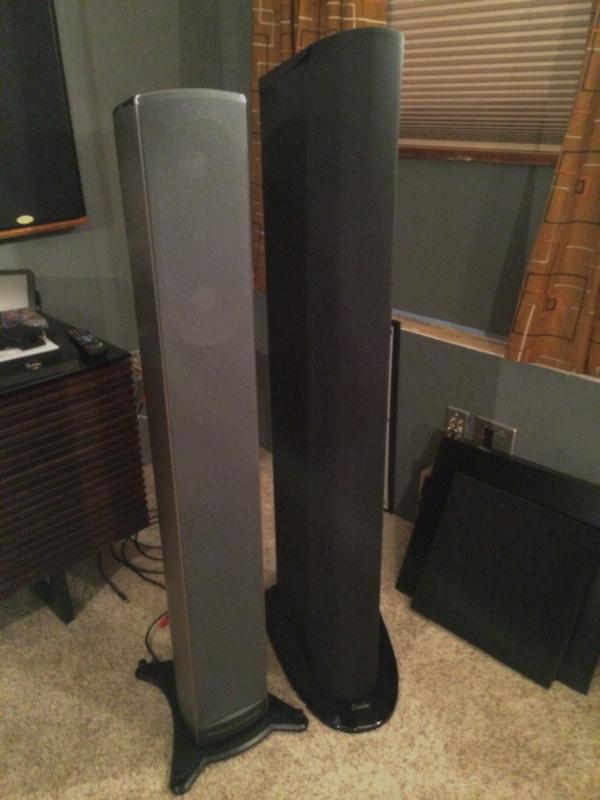Darryl Wilkinson
|
Jul 31, 2014
|
Jul 23, 2014
|
Jun 30, 2014
|
Jun 25, 2014
|
May 23, 2014 |
Published: May 22, 2014















